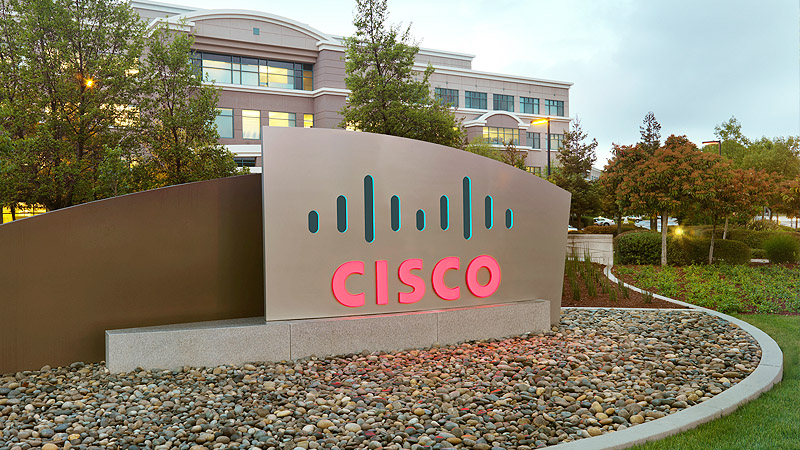SAN JOSE, Calif. - February 27, 2001 - Cisco Systems, Inc. (NASDAQ: CSCO), the worldwide leader in networking for the Internet, today announced that Electric Lightwave Inc., one of the country's leading integrated communications providers, has deployed Cisco's Dynamic Packet Transport (DPT) technology to enhance the scalability and reliability of its metropolitan area networks (MAN) in multiple markets across the U.S. Electric Lightwave also uses Cisco's 7500 and 12000 series routers to power its high-speed IP network serving business customers and long-distance carriers around the country.
DPT is a resilient packet ring technology which, drawing upon Cisco's IP+Optical expertise, combines the intelligence of IP routing with the bandwidth efficiencies of optical rings. DPT delivers scalable Internet service, reliable IP-aware optical transport, and simplified network operations.
"DPT enables us to respond very quickly to our customers' requirements for additional bandwidth without having to risk the quality and reliability of the services we offer them," said Randy Lis, vice president of marketing at Electric Lightwave. "Without DPT from Cisco, it would be very time-consuming, expensive and even potentially disruptive for us to keep scaling up our network."
With older point-to-point systems, adding a new piece of equipment would require multiple new connections to other network elements as well as taking the system down during the installation. Some expansions could even require a network redesign. But with DPT, Electric Lightwave is able to respond almost instantly to a customer with increased bandwidth needs.
DPT removes the need for multiple connections and interfaces. A new DPT element can be added simply by installing one node, which feeds many additional nodes without having to create any new connections. Also, the network does not have to be reconfigured or redesigned each time it is expanded.
DPT also helps Electric Lightwave ensure its network is extremely reliable. Fewer connections mean fewer possible points of failure and less equipment to manage. DPT enables Electric Lightwave to grow its network without interrupting the services its customers have come to rely on. And even in the event of a power failure, the DPT network recovers in less than 50 milliseconds, thus minimizing any potential impact on Electric Lightwave's customers.
"Electric Lightwave was one of the very first service providers to appreciate the powerful benefits of DPT for building highly scalable, reliable networks that are very cost-effective and easy to manage," said Graeme Fraser, vice president and general manager of Cisco's Metropolitan IP Access Business Unit. "By investing in DPT today, Electric Lightwave will be able to scale easily to meet its customers' demands for even greater bandwidth in the future."
Currently over 150 service provider customers are utilizing Cisco DPT products and nearly 10,000 Cisco DPT ports have been shipped. DPT is based on the Spatial Reuse Protocol (SRP), a Cisco-developed MAC-layer protocol for ring-based packet internetworking. Cisco has submitted SRP to the IEEE 802.17 Resilient Packet Ring (RPR) Working Group for consideration as the industry standard.



